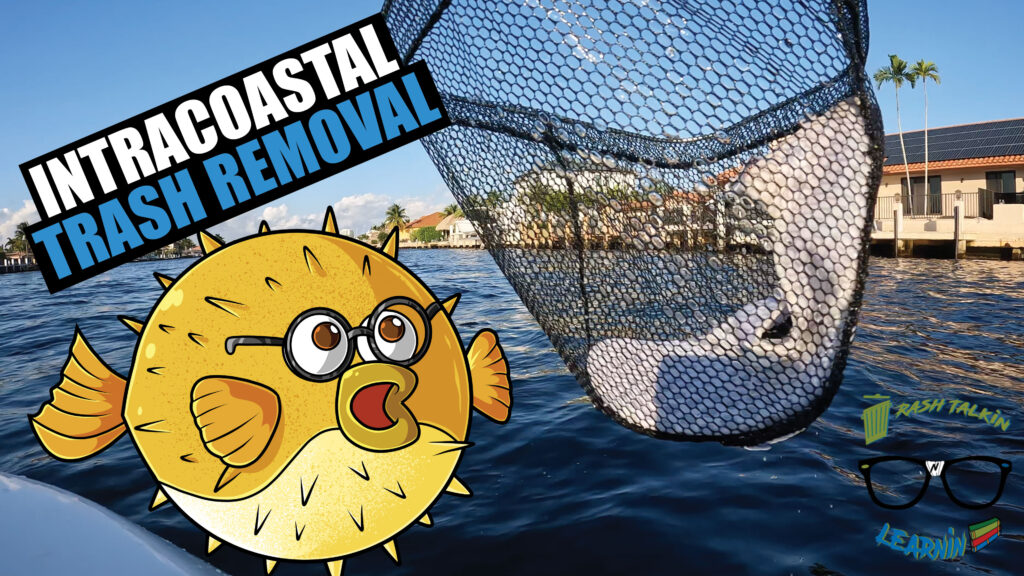Ocean and Waterway Trash Clean Up Project
Check out our latest series Trash Talkin’ N Learnin’ for some cleanin’ laughin’ and learnin’! Join Trash Talkin’ Tammy, Learnin’ Leslie and the rest of the crew as we clean up the ocean and waterways in South Florida.
Each episode takes you along on one of our clean ups and you can learn about a different species. To make a positive impact safely in your community, get the FREE guide here: How to Safely and Effectively Do Trash Clean Ups in Your Community
Shark Rescue, Rehabilitation and Re-Home Project
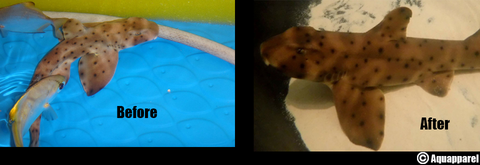
Over the years we have rescued, rehabilitated and re-homed many species of sharks commonly found in the aquarium trade. Keeping sharks is a big responsibility that most people are unaware of when they purchase them at their local fish store. Once a shark has been in captivity under human care, it is very difficult to release them back into the wild for a few reasons:
- Human Imprinting. When any animal loses it’s natural fear of humans, releasing this animal is detrimental to both the animal as well as to humans. Sharks and fish that have been cared for by a human eventually become domesticated. Not exactly like a dog or cat necessarily, but similarly. They are domesticated in the sense that they do not fear humans and they often times will form a bond with their care giver. Releasing an animal like this is dangerous because they will approach humans in the wild. Since they have been fed by a human, they will associate humans as a source of food and can become aggressive if they are not fed when they are hungry. To an unsuspecting beach goer or snorkeler/free diver/scuba diver this can be very dangerous.
- Treatment. While in human care if a shark becomes ill, they are able to be treated with a variety of different medications as needed. This can alter their immune system in a positive way, however, we are not 100% sure as to what the affects of allowing these sharks to breed with wild sharks will be. Therefore, if a shark has been in captivity and has been treated for any reason, it cannot be released back into the wild.
- Disease. There are many different diseases that sharks are susceptible to, both in the wild as well as in captivity. Some of these diseases lay dormant on the shark’s skin and only manifest if there is an injury – same as humans. The issue is that when a shark comes into human care for any reason, it is difficult to determine if that disease is present or not. A very common disease that sharks can carry is Vibrio. This flesh eating bacteria can be fatal to both sharks and humans. It is however, very treatable in captive care. Once a shark does have an outbreak however, it is not advised to release them back into the wild.
The one of the main benefits of this project (aside from giving these captive sharks a better quality of life) is that it allows both private and public aquariums to re-home them rather than have them captured from the wild. This reduces the demand for these species – especially the adults – which can have a direct positive impact on their reproduction in the wild. Sharks mature very late in life and have very few offspring. By keeping the adults in the wild we are increasing their species’ chances for survival.
Unfortunately for some of these species they are facing some conservation issues. From habitat loss to over fishing to being victims of by-catch, their wild populations have been in decline. By caring for these species we now have the knowledge necessary to help bring their population numbers back so that they can do their job and keep our fish populations in check. This also allows us to share them with the general public so that we all will care for their survival. There are many facilities and even private aquarium owners who properly care for these species and they are the reason that today we know so much about them and are able to do something about their decline.
If you have a shark or stingray that needs help, please email us at: [email protected]. Location does not matter as we have contacts all over the world who can help.
To lessen the demand for these sharks and keep them in the wild, please do not keep them unless you have the resources to do so. If you do have the resources get in touch with us and we will find a shark that needs a new home so that you do not have to purchase a wild one.
New River Waterway Clean Up Project
From 2015 until 2017 I lived on the New River in Fort Lauderdale, FL. While kayaking often on the river I got tired of seeing so much trash. So I decided to do something about it. From my 10 foot kayak I removed over 100 lbs of trash by myself. I documented most of my clean ups and posted the videos to my Facebook Page and YouTube Channel. Here is one of my videos:
I took a break temporarily due to an injury and no way to get my kayak to the New River until I did this:
Current Number of lbs removed from the New River: 110.93 lbs
Last Updated: 11/26/2019
PAST CONSERVATION PROJECTS
Hippocampus Erectus Seahorse Breeding Project
During 2014 and 2015 we successfully bred and raised the Hippocampus Erectus Seahorse Species. Once the project came to a close, all breeding pairs were given to another facility to take over the project. This project saved thousands of Seahorses from being caught in the wild for the aquarium trade.
Here are some of the Seahorses that we bred and raised:
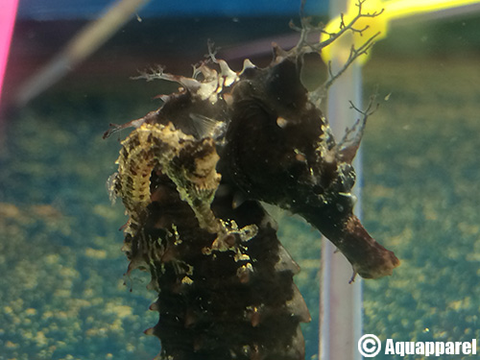
An older Juvenile Seahorse with a much younger one hanging out on his back.
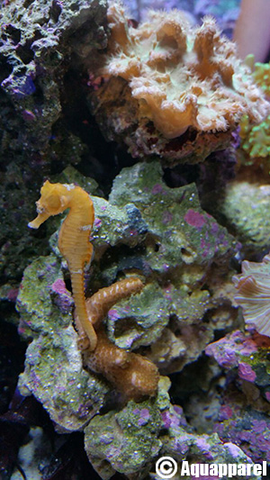
In his new home, a coral reef tank with all Seahorse safe species.
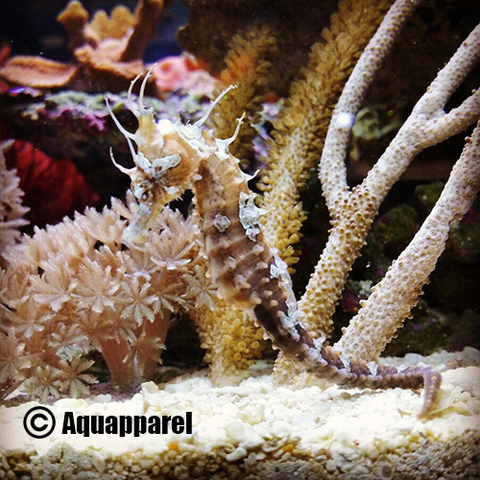
In his new home, a coral reef tank with all Seahorse safe species.
To learn more about conservation projects and successes happening all over the world, subscribe to my monthly newsletter below!

